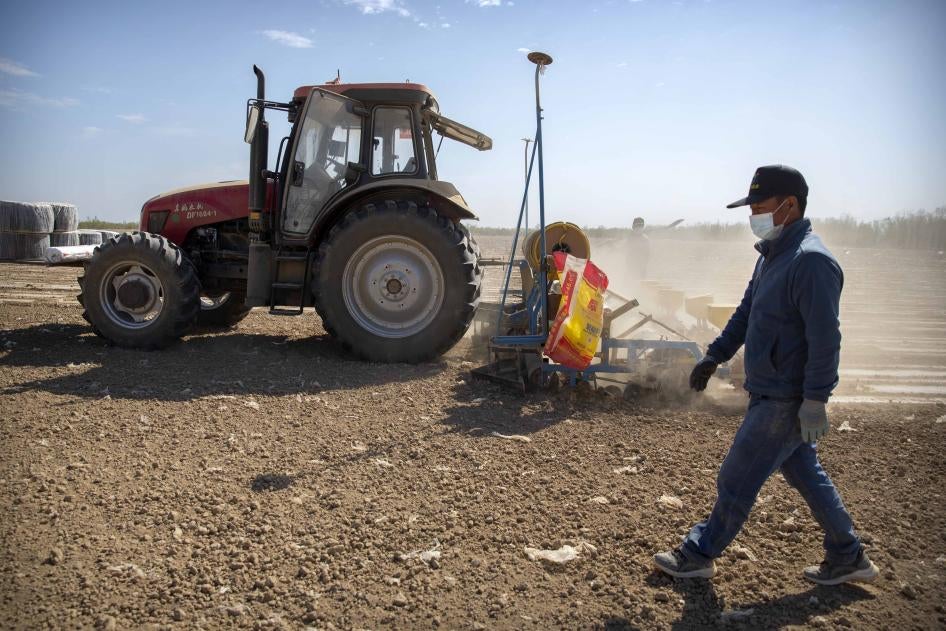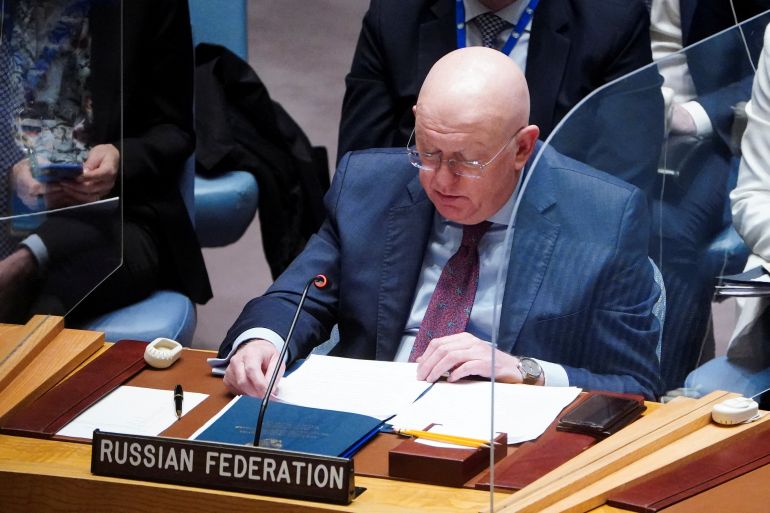Ali Tauqeer Sheikh

THE Working Group II of the Inter-government Panel on Climate Change has just released its report on climate Impacts, Adaptation & Vulnerability. This 3,675-page report, drawing from 34,000 scientific studies and prepared by 270 authors from 67 countries, provides Pakistan an opportunity to think deeply about its national development agenda. This IPCC report shows that climate impacts are globally hitting much faster than projected by earlier reports. They now outpace adaptation efforts, making vulnerability a permanent feature of many communities and regions. It has revealed that unless immediate actions are taken, the ‘age of adaptation’ will reach its limits — it is already facing ‘soft’ and ‘hard’ boundaries, according to the report, requiring long-term adaptation actions.
Despite a series of adaption-like actions since 2012 when the national climate change policy was first developed, Pakistan has not really prioritised the development of long-term adaptation policies or plans for national, provincial and district-level actions. No budgetary provisions or policy provisions exist for adaptation in public sector-supported development plans. The PC-1 template has essentially remained unchanged since Dr Mahbub ul Haq first introduced it in the 1960s. Building codes and standards for emissions and effluents have not changed for decades. All this increases the risk of becoming more vulnerable.
Read: A few ways to combat climate change in Pakistan
A wide range of development projects undertaken under national and provincial agriculture, water, energy, health, urban planning and disaster-risk reduction policies have not followed any coordinated approach or uniform national definition for adaptation. IPCC has warned against such practices as many countries have continued with ‘business-as-usual’ (BAU) approaches packaged as ‘adaptation’. IPCC considers this as maladaptation and has dedicated a full section to highlighting how this adds to vulnerability. The report underlines how maladaptive responses to climate change create ‘lock-ins’ of vulnerability, exposure and risks. These lock-ins are expensive and costly to change. Instead of reducing risks for the poor, they exacerbate existing inequalities.
Political parties are silent on climate-adaptation policies.
Worsening trends in global warming have brought BAU practices under scrutiny everywhere, but not as much in Pakistan where most initiatives have remained politically motivated, and policy planning has been both top-down and sectorally siloed. The economic cost of climate change has been ignored as the authorities pursue aspired growth rates and competitiveness. We pretend that we can continue with BAU and manage an economic turnaround without implementing serious adaptation measures. The direct and indirect cost of maladaptive actions are high and they have become part of the cost of doing business — a disincentive for FDI.
Pakistan is littered with maladaptation practices. Some examples would suffice: Instead of investing in an inclusive public transportation system, individual fossil fuel-based vehicles are encouraged. This has deeply scarred the urban landscape and livability that is marred with signal-free corridors, high emissions and congestion. From the Lai Expressway in Rawalpindi to the Malir Expressway in Karachi, the road infrastructure has often entailed destruction of urban waterbodies. Many, if not most overhead bridges, underpasses, bypasses and link roads cause urban flooding, displacement and exclusion. The new infrastructure, instead of adding to the strength of climate adaptation, has become a tool for land grabbers and speculators. Instead of envisioning a just transition, informal settlements are undone if they come in the way, or regularised without any provision for environmental and municipal services. This makes the urban poor more vulnerable. Adaptation and climate-resilient infrastructure can still support inclusion and propel economic growth and well-being.
Likewise, the rapid bus transport corridors in Lahore, Peshawar, Karachi, Multan and other cities have locked our future with fossil fuels for decades to come as have coal-fired energy generation plants that we started commissioning when the world had begun to decarbonise. Hydropower was recently declared as a policy centrepiece when surface water flows have become uncertain while solar and wind energy prices have clearly emerged as least-cost options. The prime minister’s housing scheme has not adopted climate-resilient building codes or energy-efficiency standards. In other words, the policy community needs to have a fresh look at the development paradigm and the institutions designing, developing and delivering them. The political parties’ otherwise lively discourse is silent on climate-adaptation policies and resilience strategies.
The IPCC report has recommended climate-resilient development that countries like Pakistan can follow to push the boundaries of soft and hard barriers towards adaptation. The report has highlighted the necessity of urgent climate action in order for countries to develop adaptation policies and to better manage transitions in climate systems. These transitions will witness mitigation benefits (reduction of climate emissions) at varying levels — economic, technological, institutional, social, environmental and geophysical.
The following four-system transitions can help Pakistan define its adaptation agenda for the decade ahead:
i) Land and ocean ecosystems: The country needs an integrated coastal zone management system for its coastal socio-ecological systems. Water security in the country will hinge on water-use efficiency and water-resource management, and food security will depend on improved cropland management and efficient livestock systems.
ii) Urban and infrastructure systems: Critical infrastructure network and services are desperately needed for green infrastructure and ecosystem services, sustainable land-use and urban planning, including urban water planning for the rapidly growing urban population.
iii) Energy systems: Critical infrastructure networks and services will hinge on resilient power systems and energy reliability, a coded message for leapfrogging on renewable sources of energy.
iv) Cross-sectoral interventions: This would mean reconfiguring health and health systems, livelihood diversification, disaster management, climate services and risk transfer or social protection programmes to include adaptation in order to lower urban and rural communities’ vulnerability to a broad range of unfolding climate risks.
This is an ambitious and complex agenda but if adaptation is integrated with development planning and the Sustainable Development Goals, it will reduce lock-ins and create opportunities for economic development and social benefits. Adaptation investments will have a compound effect and begin to generate multiple additional benefits such as improving agricultural productivity, innovation, health and well-being, food security, livelihood, and biodiversity, even while it witnesses a reduction in risks and damage.
Published in Dawn, March 12th, 2022







